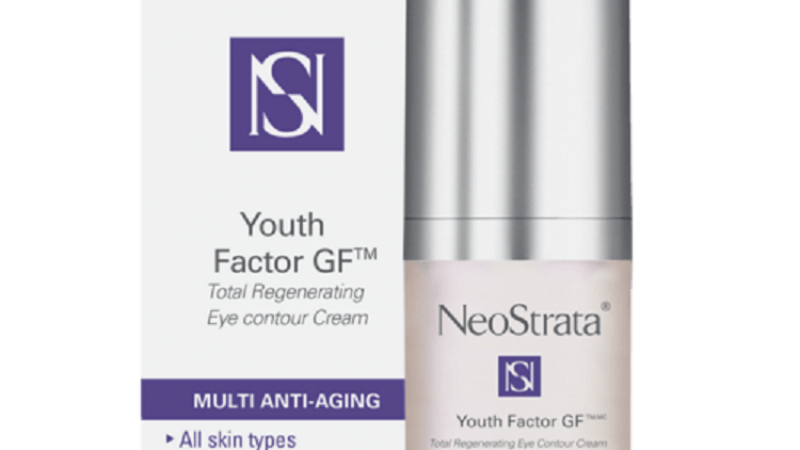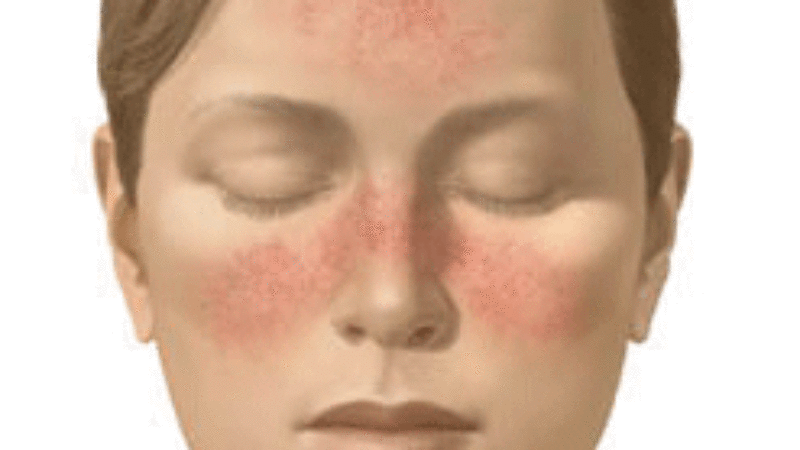The formation of fine lines and wrinkles is part of the skin’s natural aging process. The older we become, the more pronounced these lines and wrinkles are. This is due to the breakdown of collagen fibers and the loss of elastin as we grow older. However, the problem can be worsened by sun damage, smoking and other external influences. Dermal fillers are used to augment the tissue by injecting one of a number of possible filling agents and thereby reducing the visible signs of aging. Below, I’ll describe the types of dermal fillers commonly used and factors to consider should you decide to use them.
Types Of Dermal Fillers
There are several types of dermal fillers, but most are categorized within two different classes: temporary or permanent. Most permanent filling agents are silicone-based. While silicone has not been FDA-approved as a dermal filler, it has the advantage of not requiring continuing treatments over time.
Temporary dermal fillers include collagen, hyaluronic acid, fat and other agents. Collagen fibers are strands of natural proteins that intertwine to support the texture and shape of the skin. Collagen injections are a common dermal filling agent that can be applied quickly with minimal recovery time. But, they often last as little as three months.
Restylane and Hylaform are hyaluronic acid-based filling agents that last from six to twelve months. Both have been approved as dermal fillers by the FDA. Restylane is a natural filler that comes from streptococcus bacteria while Hylaform is animal-based.
Fat is another common dermal filling agent. Through a process known as lipotransfer, fat can be taken from one part of the body and injected into wrinkles and other areas. As a dermal filler, fat has been known to last from a few months up to three years.
Things To Consider
While most individuals tend to be satisfied with the results achieved from dermal filling, it’s important to remember that aside from silicone, most dermal fillers will require continuing treatment. Also, there is the potential for side effects. Dermal fillers can result in allergic reactions, initial bruising and even bacterial infection (though the likelihood of each is relatively small). Finally, the effectiveness of a dermal filler to improve the appearance of your skin is based upon how skilled the dermatologist is in applying the filler. Different skin types have varying reactions to filling agents and your dermatologist should be adept at identifying them.
Slowing The Aging Process
While dermal fillers can improve the texture of your skin and reduce the appearance of fine lines and wrinkles, you should also be doing everything you can to help protect your skin from damage. The daily use of a photostable, well formulated UVA/UVB blocking sunscreen should not be underestimated. Sun damage can accelerate the aging process by breaking down collagen fibers under the dermis as well as contributing to age spots and rough skin texture. Consider the Anthelios line of sunscreens. Formulated with Mexoryl SX and Mexoryl XL plus other effective sun filtering agents, it delivers protection against UV rays that can hasten the aging process.
Though the aging of our skin is a normal process of growing older, using a sunscreen daily, year round can help to slow its pace.�




